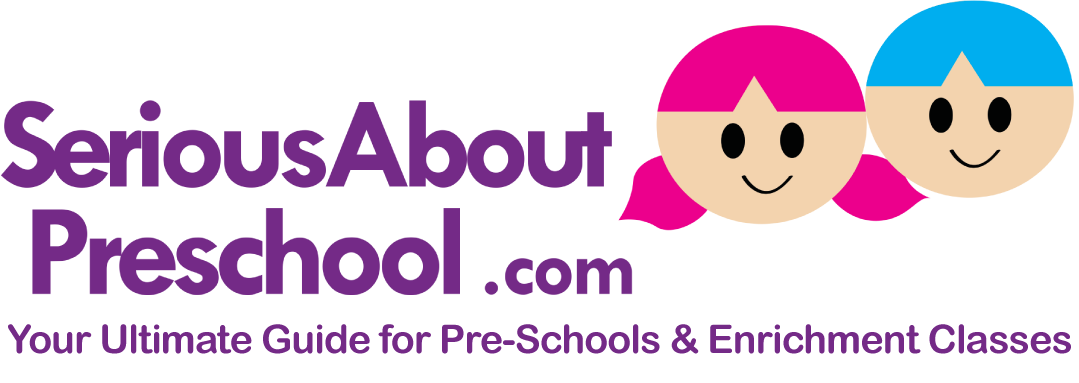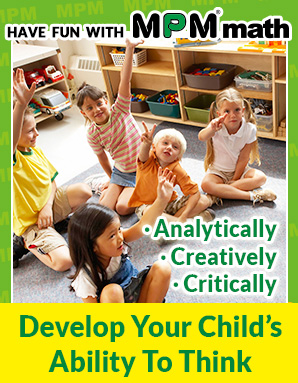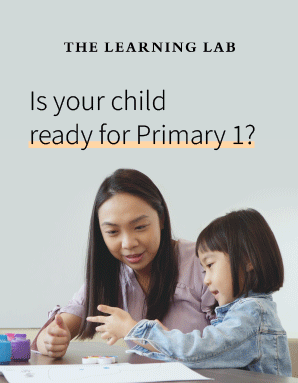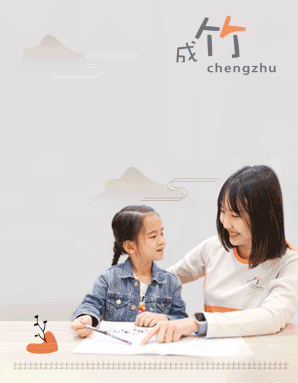How to Score in your child's Chinese Oral Exam
Worried about your child's Chinese Oral Exams which comprises 25% of the overall Chinese scores? Whether it's scrambling to find Chinese Oral Practice Primary 6, Chinese Oral Practice Primary 5 or even Oral Practice for Primary 3 or 4, parents of primary school children finds Chinese Oral Exam a nightmare.
We have consolidated some Chinese Oral Tips here to help your child score in his Oral Exam! However, let us first understand the Chinese Oral Exam requirements first before conquering them!
Chinese Oral Examination - What is Tested? (P3 and P4)
Parents and students may overlook the need to prepare for the oral exam since it is not a written test. However, it is a large component of your overall scores that can really help pull up your grades. Fret not as it is not difficult to score if you know how to prepare your child for it.
Part 1. Passage Reading (朗读)
In the first segment of the oral exam, the examiner is looking at the student’s pronunciation and articulation, fluency and rhythm, as well as expressiveness.
Pronunciation & articulation
When reading, make sure that your pronunciation should be correct and clear. Note that some words have more than one pronunciation which should be inferred to pronounce the word correctly according to the context.
For example, 长(zhang)大 - used as a verb 很长(chang) - used as an adjective
Fluency & Rhythm
The students should read the passage at a steady pace, not too fast and not too slow. However, they may need to vary the speed in order to match the situation and mood of the sentence.
For example, the pace when reading the phrase “She is running late for class!” should be much louder and quicker than when reading the phrase “She is heading to class.”
Expressiveness
The students must also show the right emotions to match the passage. Using different tones to represent certain emotions to reflect that emotions that the passage is trying to convey. Does the passage express shock? Does it end with a question mark or a full stop?
For example, the pace when reading the phrase “Help! Please help me!” should be much louder and quicker than when reading the phrase “She is heading to school.”
What if there are words in the passage that students are unable to read?
Even with enough practice, there may still be some characters that your child may not be able to recognise. Keep in mind to no panic and do the following below.
- Try to make a guess based on part of the character
Example: 渔夫 has the character “鱼 (yu)”
- Skip the word
Practise doing it smoothly during the preparation time so that the fluency of the passage stil flows.
Part 2. Picture description (看图说话)
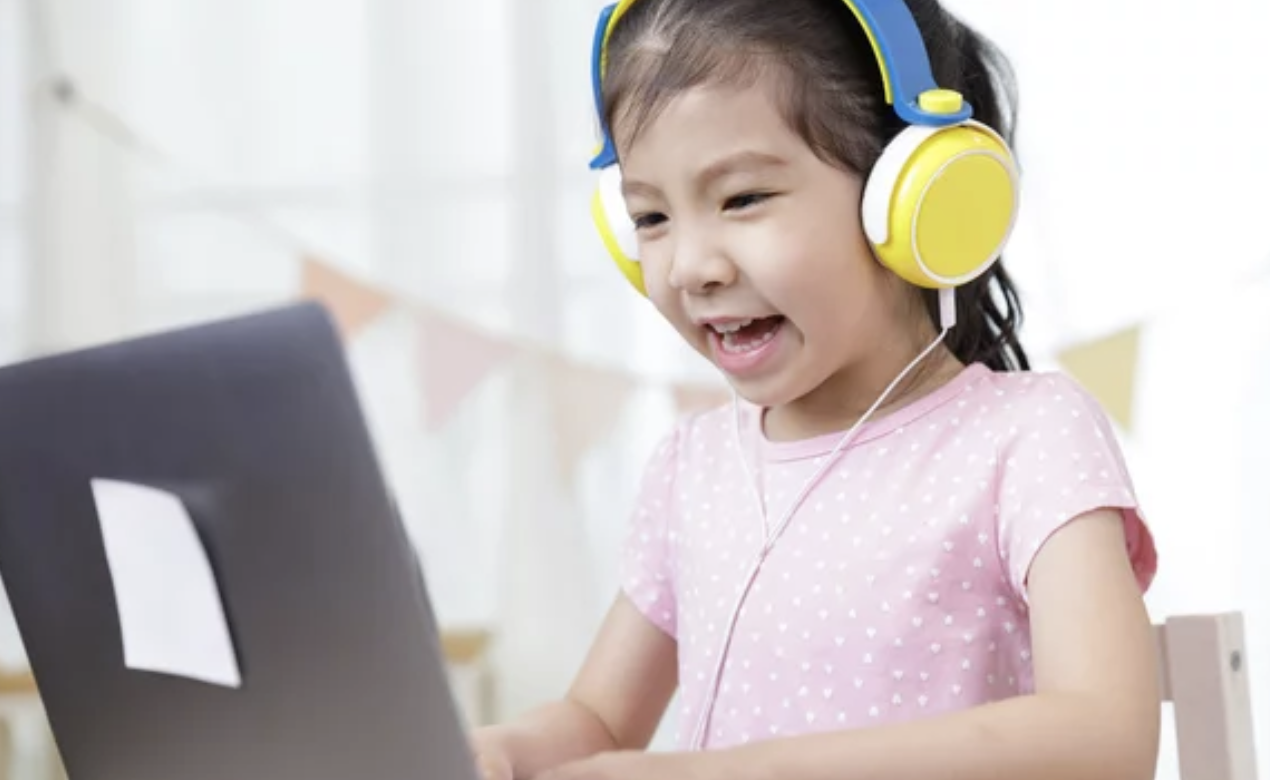
This segment of the oral exam should be carefully thought through during preparation time. Your child would first need to study the picture carefully and pick out the key incidents in the picture. Then, he/she will need to mentally organise the description of the picture in an organised manner preferably in a clockwise direction. Most importantly, he/she will also need to identify the right behaviours and wrong-doings of the people in the picture and in turn give an opinion on that matter.
To do this:
-
Begin with an overview such as identifying the location
-
Describe the characters and their actions
-
Express your opinion on their behavior (I think his action is wrong/right, because...)
-
Share your opinion
- Give a conclusion
Part 3. Conversation(会话)
Often this segment is what most students may experience more problems with as they could face problems such as the inappropriate use of vocabulary or experience a mental block. The topic will usually revolve around the theme related to the picture. The student will be asked how they feel and what they would do.
For example, if the picture is about helpfulness, the conversation topic could be about how you have been helpful or if you did such helpful behaviours before.
PSLE Oral Chinese - What is Tested? (P5 and P6)
The examination format for PSLE Oral takes a drastic turn with the replacement of picture talk (看图说话)to video talk (看录像说话). Students not only need to be confident in reading but also be able to bring their critical thinking skills and the ability to expand on their answers to the next level.
Part 1. Passage Reading (朗读)
Now, your child has moved on to upper primary hence the examiner will expect more from your child from this segment.
Practice
As for passage reading, please make sure your child reads one Chinese paragraph out loud daily as a practice. This would improve the fluency when your child reads different passages. Parents can also record the readings that their child has done so that they can look back together and rectify the mistakes.
Ask your child to read out the passages within 30 seconds to 45 seconds without any hesitation or pauses in between. This is to train the fluency of reading.
Exposure
To expand the vocabulary of your child, expose him/her to various mediums of Chinese communications such as radio, newspaper or TV. It is almost the best way to allow your child to listen and understand more Chinese words and characters. Eventually, they will adapt to the language with the constant exposure.
Part 2.Video Oral (看录像说话)

Instead of being shown still pictures where your child needs to describe what he/she sees and elaborate accordingly, the government has changed to a new format. Your child is now required to watch a video and answer a minimum of 3 related questions. Parents should not be afraid to realised that there are very little discussion or help on the new format, we have come up with some tips to help prepare your children for this:
Main theme of the oral video
Remember that oral usually revolves around a theme and this e-oral will not be any different. It is going to help a lot if you are able to identify the theme of the video as you are watching it. Do take notes of little details such as where the characters are, who they are and what they are doing and of course how it links back to the main theme.
Once your child can identify these important details, it will be easier to predict what kind of questions would be asked in the conversation segment so that your child will be better prepared. On the day of the E-Oral exam, your child will be given 10 minutes to prepare for both the reading aloud component and the video conversation component.
Following the reading aloud, your child will need to answer 3 questions that is related to the video that he/she just saw.
Question 1: This will be a question that is directly related to what you’ve seen in the video
Question 2: This question will be based on your thoughts on the video
Question 3: This question will require you to share an experience that is some more similar to the video
Depending on the content of the answers, the examiners might ask some guiding questions. Enjoy the conversation instead of panicking as this may affect how the questions are answered.This will make the conversation sound more interesting and give them the impression that your child has their own opinions about the topic that is being discussed.
What is the difference between the old and new format?
The old format focuses more on locations and their related activities and students should be able to name common things, activities and action words. Now the new format focuses on the topic and its content.
Chinese Oral Practice Online
Grasping of Oral skills needs long term practice and consistent training. It is never too early to expose your child to daily conversational practices before your child can speak fluently at her/his Chinese Oral exam!
Looking for targeted trainings by native teacher according to MOE syllabus to ace this daunting component in Chinese exam? Sign up for 1 to 1 60min online Chinese Oral classes (口试练习,生词汇集 & 好词好句) with ChatteringKids and learn at the comfort of your home!
Book your regular lessons now: https://bit.ly/3m1UjDz
Website: www.chatteringkids.com/chineseoralclass
Related Video: Chinese Oral Tips for Primary 3 to 6




